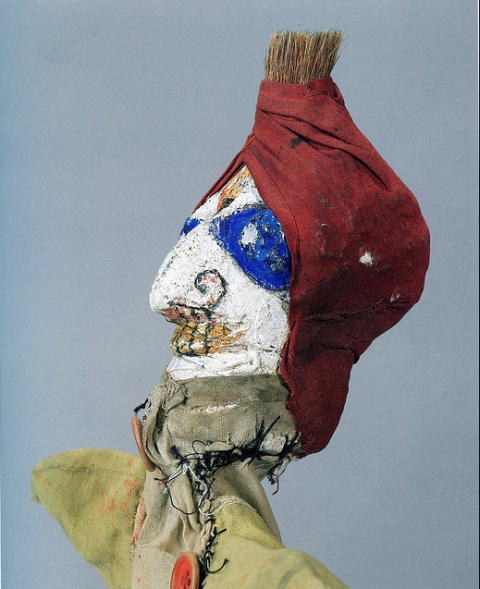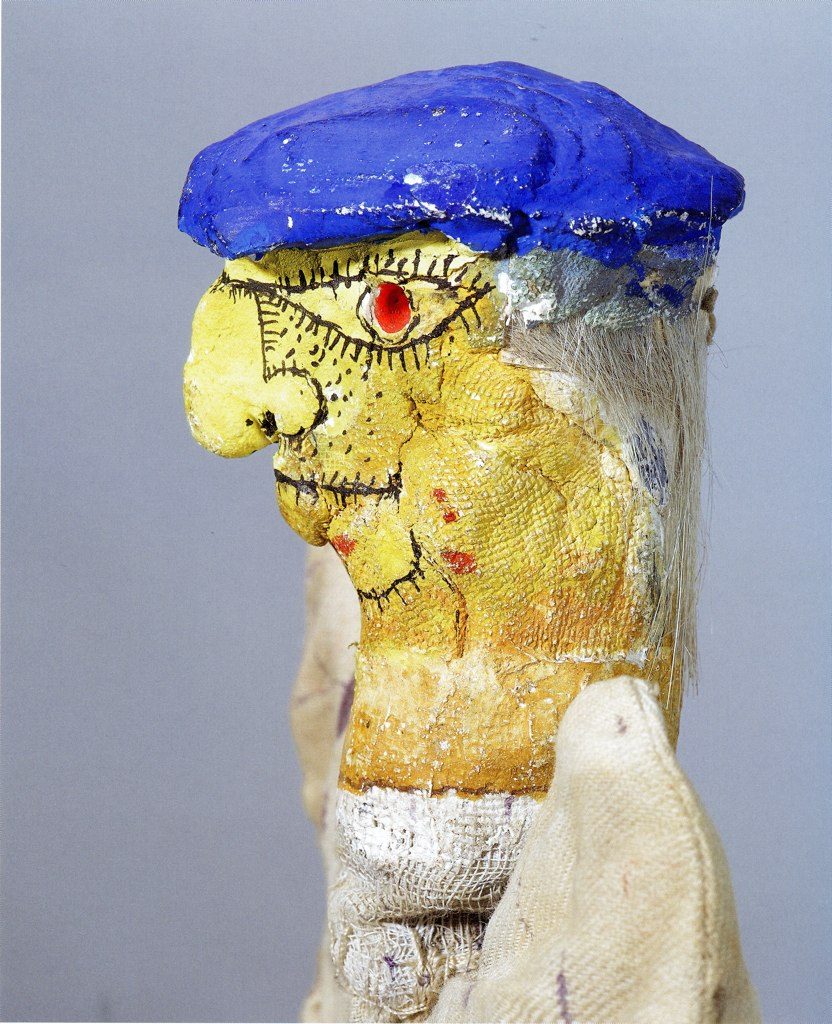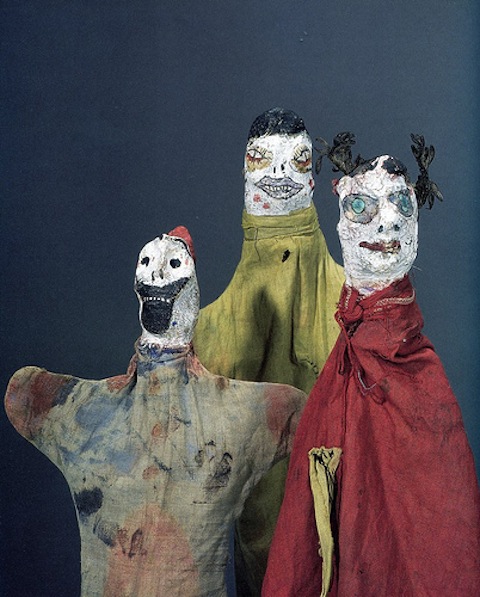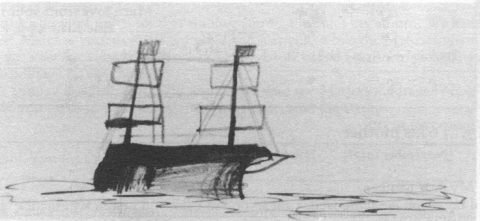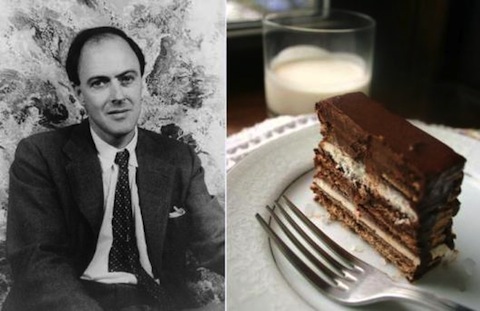
It comes as no surprise that Roald Dahl, author of Charlie and the Chocolate Factory, possessed a sweet tooth. Having dazzled young readers with visions of Cavity-Filling Caramels, Everlasting Gobstoppers, and snozzberry-flavored wallpaper, Dahl’s candy of choice was the more pedestrian Kit-Kat bar. In addition to savoring one daily (a luxury little Charlie Bucket could but dream of, prior to winning that most golden of tickets) he invented a frozen confection called “Kit-Kat Pudding.”
The original recipe is, appropriately, simple enough for a child to make. Stack as many Kit-Kats as you like into a tower, using whipped cream for mortar, then shove the entire thing into the freezer, and leave it there until solid.
Book publicist and self-described literary fangirl Nicole Villeneuve does him one better on Paper and Salt, a food blog devoted to the recipes of iconic authors. Her re-imagined and renamed Frozen Homemade Kit-Kat Cake adds bittersweet chocolate ganache, replacing Dahl’s beloved candy bars with high quality wafer cookies. It remains a pretty straight-forward preparation, not quite as decadent as the Marquis de Sade’s Molten Chocolate Espresso Cake with Pomegranate, but surely more to Dahl’s liking than Jane Austen’s Brown Butter Bread Pudding Tarts would have been. (The author once wrote that he preferred his chocolate straight.)
Villeneuve spices her entry with historical context and anecdotes regarding early 20th-century candy marketing, Dahl’s hatred of the Cadbury Crème Egg, and his dog’s hankering for Smarties. Details such as these make Paper and Salt, which features plenty of savories to go with the sweet, a delicious read even for non-cooks.
Meanwhile, dessert chefs unwilling to source their ingredients from Rite-Aid’s Halloween aisle might try Sylvia Plath’s Lemon Pudding Cakes (“Is it taboo to write about baking and Sylvia Plath?” Villeneuve wonders), C.S. Lewis’ Cinnamon Bourbon Rice Pudding, Willa Cather’s Spiced Plum Kolache or Wallace Stevens’ Coconut Caramel Graham Cookies.
Related Content:
Ernest Hemingway’s Favorite Hamburger Recipe
Allen Ginsberg’s Personal Recipe for Cold Summer Borscht
How to Make Instant Ramen Compliments of Japanese Animation Director Hayao Miyzaki
Ayun Halliday documented her own sweet tooth in Dirty Sugar Cookies: Culinary Observations, Questionable Taste. Follow her @AyunHallliday
